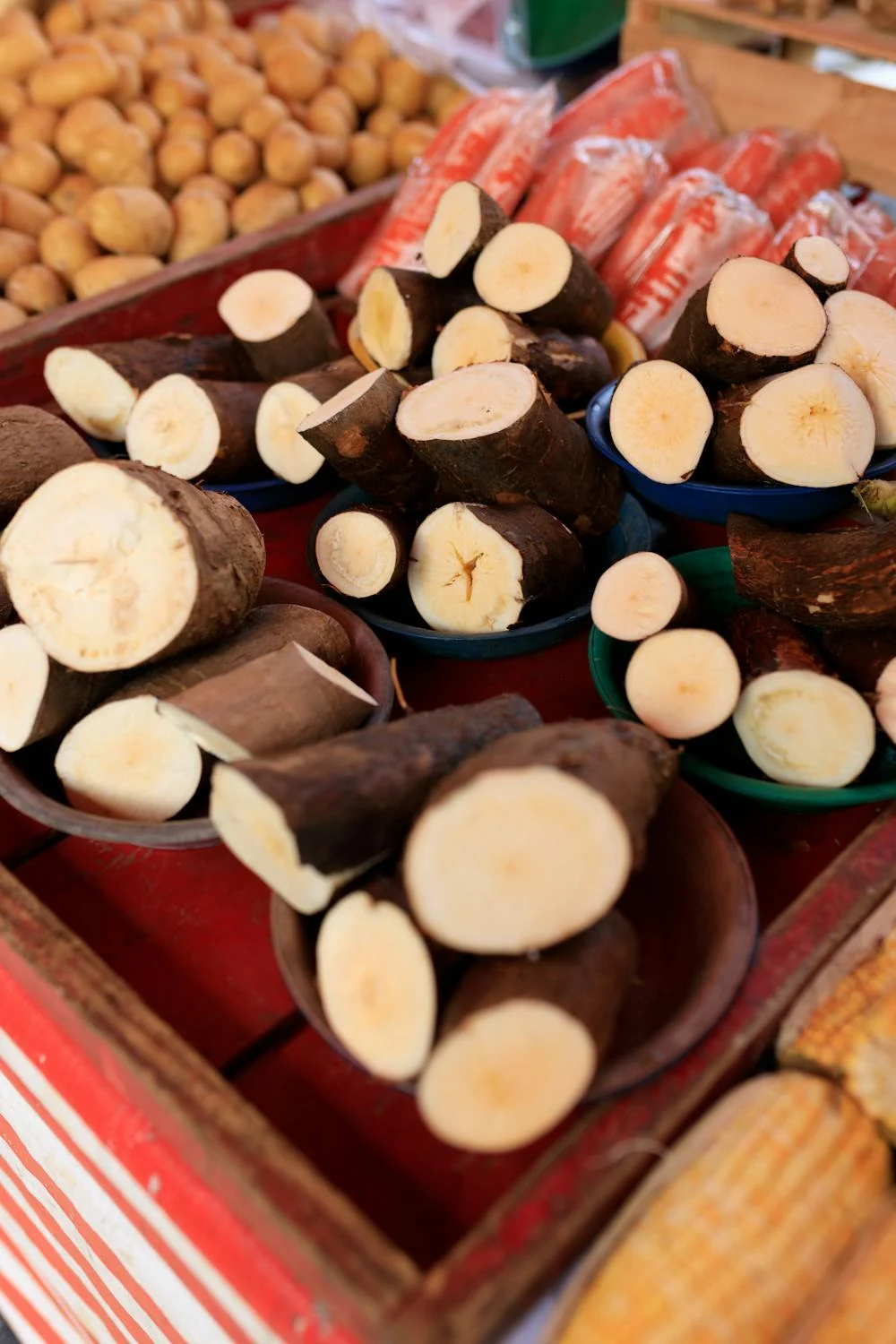Cassava, a root vegetable often hailed for its nutritional benefits, has a darker side. Known as the “world’s deadliest food,” cassava claims over 200 lives each year. Despite its potential dangers, nearly 500 million people continue to consume it. Here’s what you need to know about this food, its risks, and how to consume it safely.
What Is Cassava and Why Is It So Popular?
Cassava is a root vegetable rich in Vitamin C and copper, native to Central and South America. It is commonly consumed in tropical regions and is used similarly to potatoes in many dishes. The top-producing countries for cassava include Nigeria, Thailand, and Indonesia. Cassava is popular for its versatility and is used in a wide variety of food products, including tapioca, flour, and even snacks.
Why Is Cassava Called “The World’s Deadliest Food”?
The main concern with cassava is the presence of harmful compounds, particularly cyanogenic glucosides. These compounds protect the root from pests and animals. However, when consumed in large quantities without proper processing, these compounds can break down into cyanide, a deadly toxin.
The World Health Organization (WHO) has reported that improper processing of cassava is responsible for over 200 deaths annually due to cyanide poisoning. This makes cassava one of the most dangerous foods if not prepared correctly.
How Can Cassava Be Dangerous?
The cyanide content in cassava is not an immediate threat if the root is prepared properly. However, when cassava is consumed raw or inadequately processed, it can lead to acute cyanide poisoning. The symptoms of poisoning include dizziness, headaches, and in severe cases, it can lead to death.
The most well-known disease caused by cyanide in cassava is konzo. This condition is a form of irreversible paralysis caused by high cyanide exposure, often linked to the consumption of bitter cassava. Konzo is typically associated with areas suffering from famine or conflict, where cassava is consumed as a staple food without proper processing.
How to Safely Eat Cassava
Despite the risks, cassava can be safely consumed with the right preparation. To minimize the cyanide content, the following methods are recommended:
- Soak the cassava: Soaking peeled cassava in water for at least 24 hours can help reduce its cyanide content.
- Boiling: Boiling cassava and then drying it in the sun is another safe way to prepare it. This method ensures that the toxic compounds are removed.
- Proper processing: It’s essential to ensure that cassava is processed correctly, especially if you live in an area where cassava is commonly consumed.
When prepared and consumed properly, cassava becomes a valuable source of carbohydrates, fiber, vitamins, and minerals. It is an important food source in many developing countries, where it provides much-needed sustenance.
Why People Continue to Eat Cassava
Cassava remains a staple food for millions because of its accessibility and the nutritional value it offers. For those living in regions with limited food availability, cassava is often a vital part of their diet. Its high carbohydrate content provides energy, while its fiber helps with digestion. The challenge, however, is ensuring that it is processed and cooked in a way that removes harmful toxins.
In areas of extreme poverty, where access to better food and healthcare is limited, there is often little awareness of the risks associated with cassava. Additionally, cassava is relatively inexpensive compared to other food sources, making it a crucial part of many people’s diets.
Conclusion
Cassava is both a lifeline and a danger. While it is an essential food for millions, its potential to cause harm is very real if not properly prepared. As with many things in life, knowledge and proper preparation can turn this potentially deadly food into a nutritious, beneficial part of your diet. If you or someone you know consumes cassava regularly, ensure that it’s properly processed to avoid the risks of cyanide poisoning and related diseases.
Learn More
Interested in learning more about how diet affects your health? Check out these helpful articles:



